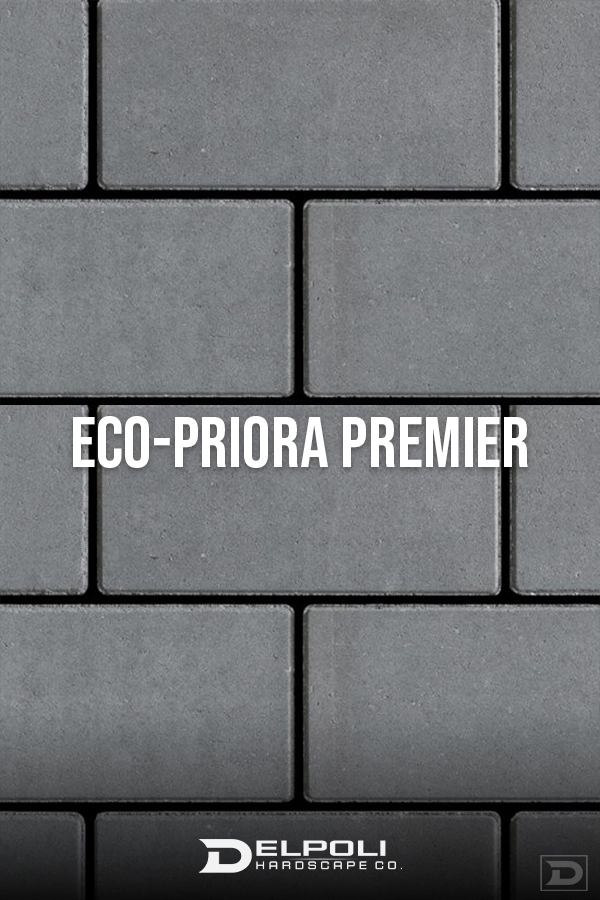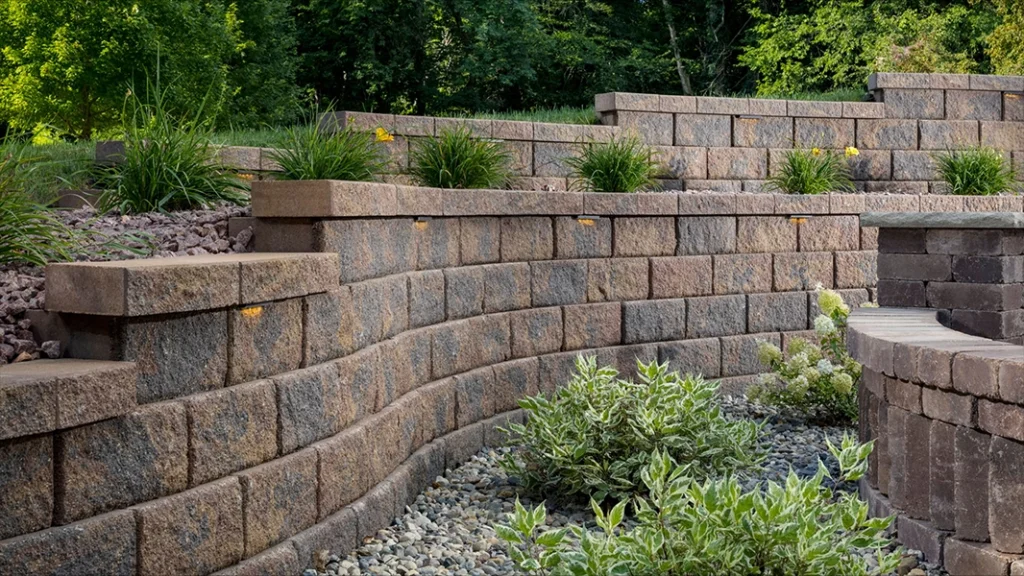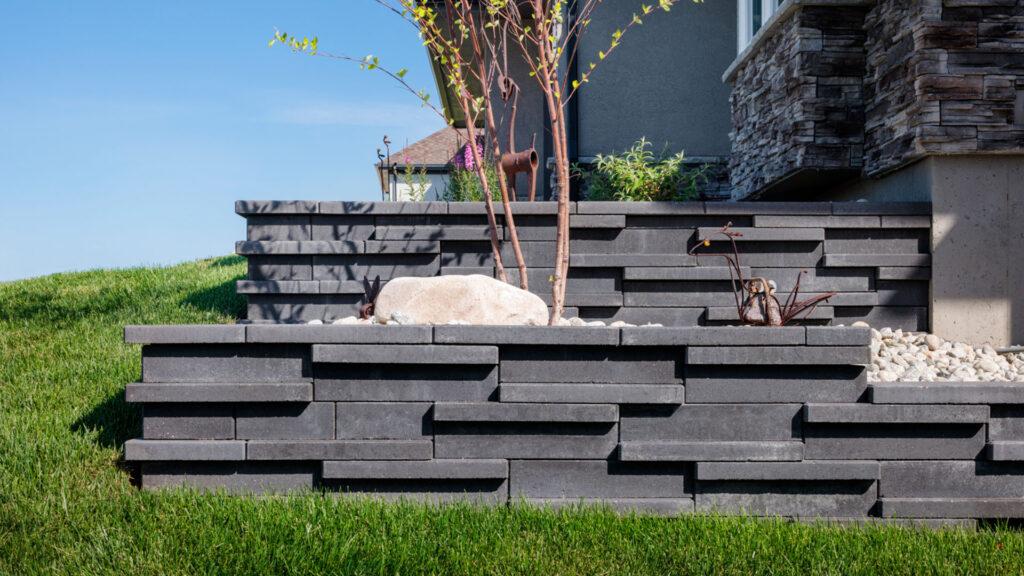Retaining Wall Installation Service in Delaware
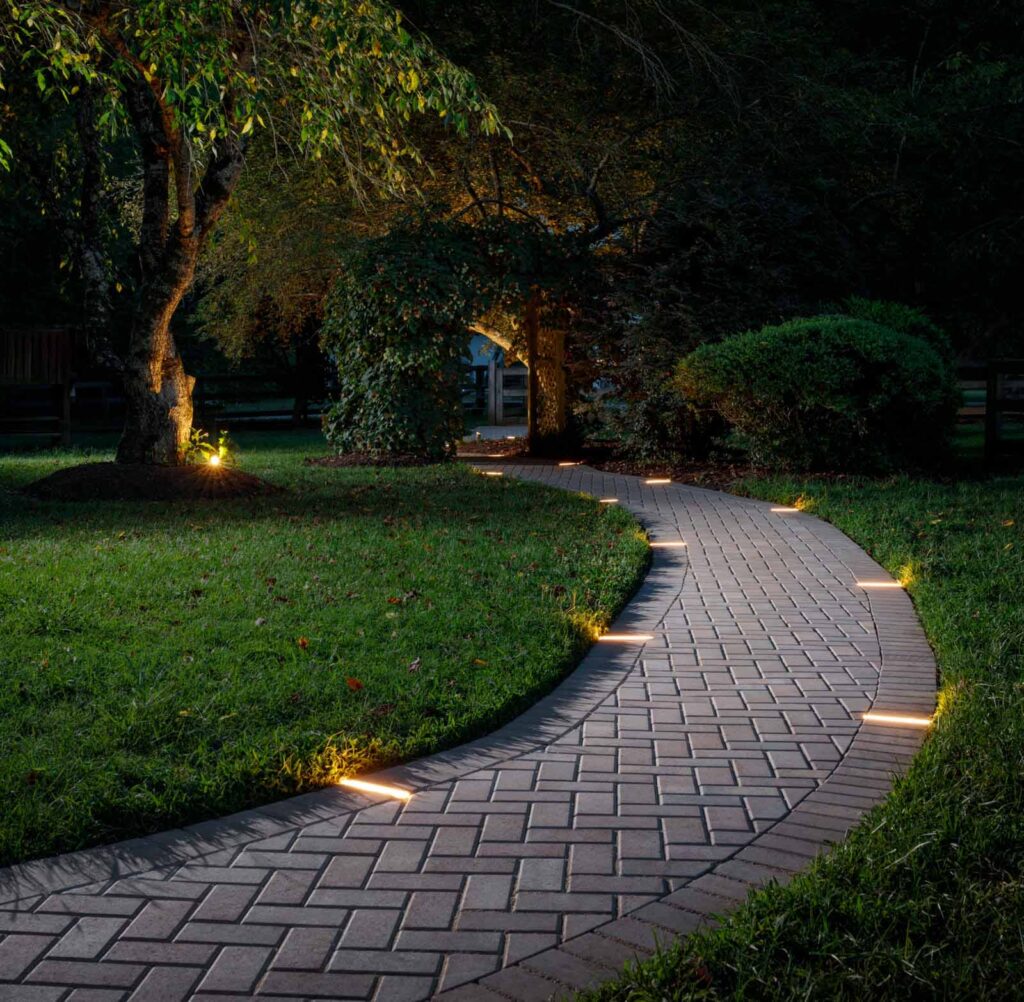


DELAWARE RETAINING WALL Installer
Our commitment means more than just quality work—it’s also about integrity and transparency every step of the way. We pride ourselves on honesty, never cutting corners, and ensuring you are fully informed throughout the entire process. Your trust is our foundation, and we are dedicated to delivering exceptional results with complete openness and accountability.
Together, We Build Dreams

Why Choose a Retaining Wall?
Choosing a retaining wall for your landscape provides essential structural support while enhancing the visual appeal of your outdoor space. Retaining walls effectively prevent soil erosion and manage water runoff, making them a crucial feature for properties with slopes or uneven terrain. Available in various materials, colors, and styles, they can be tailored to complement your landscape design and add an attractive, cohesive look to your garden or yard.
Retaining walls also create additional usable space by leveling areas for planting, patios, or walkways. They are built to withstand the elements and offer long-lasting durability. With their combination of functionality, durability, and aesthetic enhancement, retaining walls are a smart investment for maintaining and beautifying your property.
Retaining Wall Construction
We install our retaining walls according to manufacturer specifications, starting with a compacted soil base using a gas-powered plate compactor. A stone footing or a concrete footing is used depending on the location. The next steps involve installing the blocks and backfilling with drainage rocks.
While the installation process may seem complex, rest assured that our expert wall installers handle every detail with precision. We ensure that each element is meticulously executed to provide you with a durable and stunning retaining wall.

Setting Paver Pitch
Step one in building a retaining wall is removing any existing wall, if present. This process involves carefully dismantling the old structure, ensuring all debris is cleared away to create a clean slate for the new wall. Retaining walls can vary greatly in size, accommodating different landscaping needs. For instance, short walls, typically 1-2 feet tall, are perfect for retaining small sections of your lawn or garden, providing both functional support and aesthetic appeal. Mid-sized retaining walls, standing 3-4 feet tall, are ideal for creating more significant terraced areas or preventing soil erosion on moderate slopes.
For larger projects, walls taller than 4 feet or multi-tiered wall systems can be constructed to manage steep hillsides or create dramatic landscape features. These taller structures often require additional engineering considerations, such as proper drainage systems and reinforcement, to ensure stability and longevity. Whether you’re enhancing a small garden or undertaking a major landscaping overhaul, each retaining wall is carefully designed to blend seamlessly with your outdoor space while providing essential structural support.
Excavation Phase: Footings
Step two is to dig out the footings. Footings can vary in type and depth depending on the project. For our larger walls, we dig the footings to a depth of 3 feet and use concrete mixed on-site. By the time we reach this stage, our experienced retaining wall installers have already assessed the specific requirements of your project. The first course of your new wall will be set in this concrete footing, although it is most common for the first course to be buried underground.
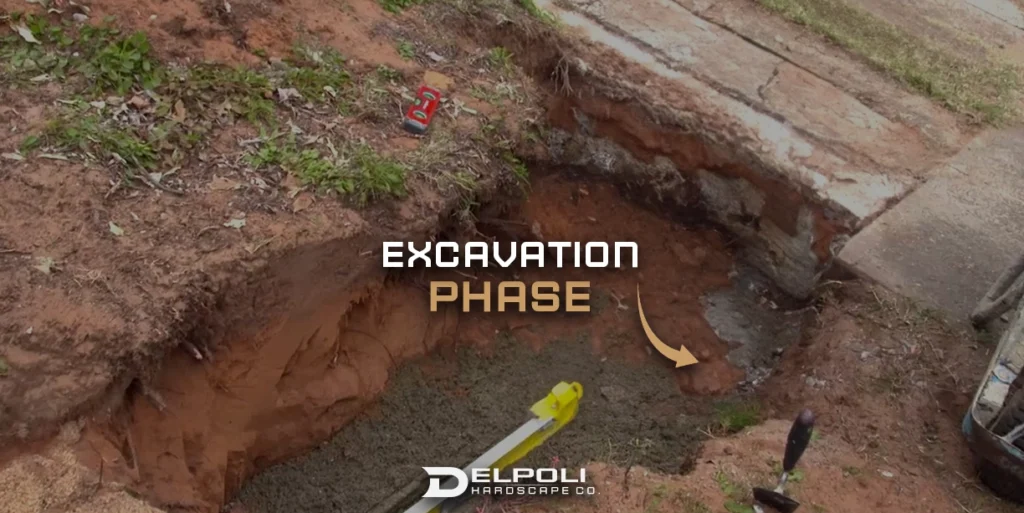

Building and Drainage
Each subsequent course is glued on top of the previous one. As we build the wall upward, we backfill with drainage rocks and install drainage pipes and exit spouts at the appropriate heights. This step is crucial for the construction process, and our experienced team ensures proper drainage to prevent wall failure.
Behind the drainage rocks, we place filter fabric to prevent soil from mixing with the drainage rocks and seeping out of the wall.
Retaining Wall Considerations and Material Choices
Depending on your location and the height of your wall (typically over 4 feet), we may need engineer approval to design the wall for strength and stability according to your home conditions. Retaining walls can be constructed from various materials. One of the most affordable options is railroad ties (wood), but they will eventually rot and fail. Another option is Wallstone, which can be stacked straight up; while effective, it may not perform as well under pressure as a stepped retaining wall system. Retaining walls are an excellent way to add color and artistic elements to your yard while creating usable space. When considering these options, it’s important to research reputable companies to ensure a quality installation.
Paver & Border Inspirations

REQUEST FREE QUOTE
If you’re looking for the best hardscaping services, look no further than Delpoli Hardscape Co. Contact us today to schedule a consultation and let us help you transform your outdoor space into a breathtaking landscape. Your satisfaction is our top priority, and we are committed to exceeding your expectations with our passion, creativity, and unwavering commitment to quality.













